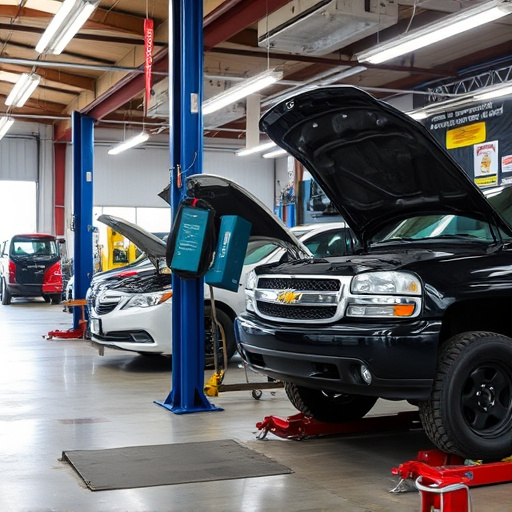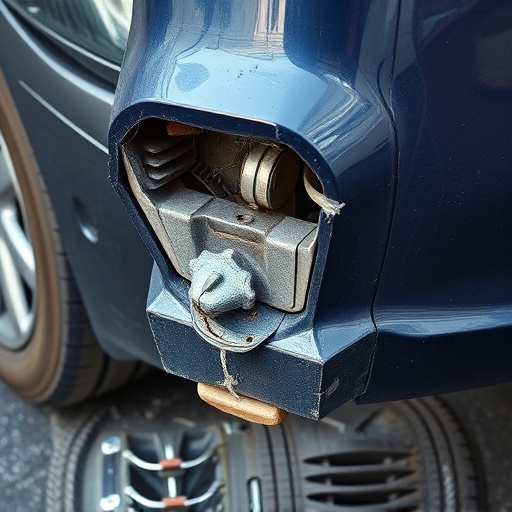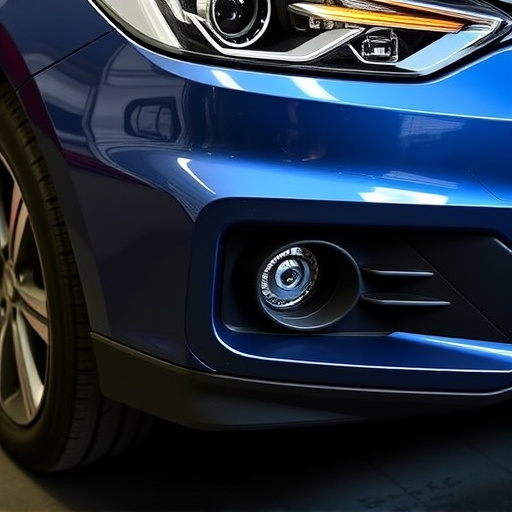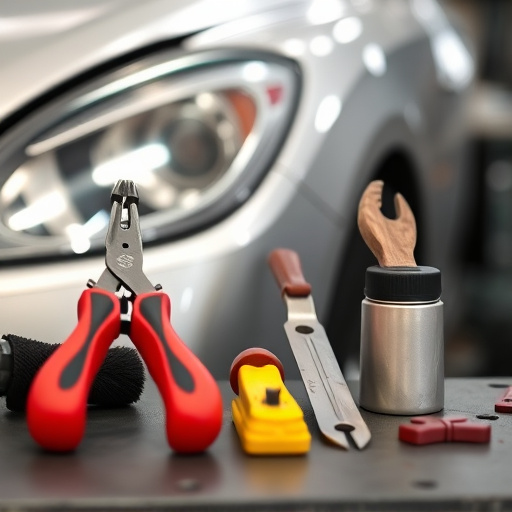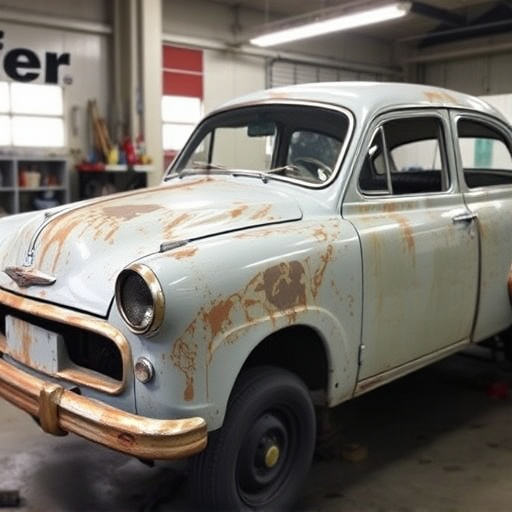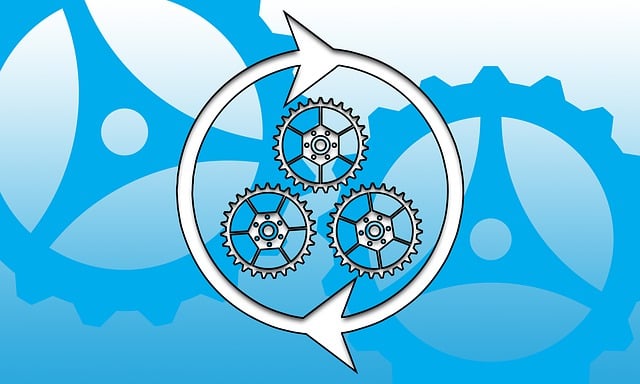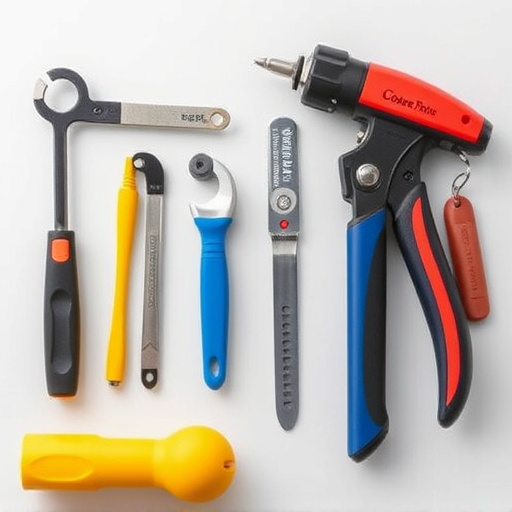Advanced Driver Assistance Systems (ADAS) have become critical in modern vehicles, requiring expert auto body technicians with specialized knowledge for effective collision repair and paint services. These systems, relying on sensors like cameras, lidar, radar, and ultrasonics, demand meticulous inspection and assessment by technicians who use advanced diagnostic tools for precise adjustments and replacements. Expert technicians prioritize safety, employ specialized tools, follow guidelines, and maintain clean workspaces to prevent sensor damage or malfunction. With the continuous evolution of ADAS technology, training programs are being developed to equip professionals with skills in electronic calibration techniques and advanced diagnostics, ensuring they can handle complex repairs efficiently and safely.
In today’s automotive landscape, Advanced Driver Assistance Systems (ADAS) and sensors are integral to modern vehicles. As these technologies continue to evolve, so does the need for skilled and trained expert auto body technicians to handle them safely. This article explores the crucial role of these technicians in navigating complex ADAS and sensor systems, focusing on best practices, training requirements, and the future of auto repair in a tech-driven world.
- Understanding ADAS and Sensors: A Primer for Auto Body Technicians
- Safe Handling Practices for Expert Technicians Working with ADAS
- The Future of Auto Repair: Training and Preparedness for Evolving Technologies
Understanding ADAS and Sensors: A Primer for Auto Body Technicians

Advanced Driver Assistance Systems (ADAS) and sensors are integral components of modern vehicles, designed to enhance safety and improve driving experiences. For expert auto body technicians, understanding these systems is crucial when handling car collision repair or vehicle paint repair services. ADAS encompasses a range of technologies, from adaptive cruise control and lane-keeping assist to automated emergency braking and blind-spot monitoring. These systems rely on sensors—such as cameras, lidar, radar, and ultrasonics—to detect obstacles, calculate distances, and make real-time decisions.
When vehicles with ADAS suffer damage, auto body services require specialized knowledge. Expert technicians must carefully inspect and assess the impact of a car collision on these sensitive systems. They employ advanced diagnostic tools to ensure proper functioning after repairs, including vehicle paint repair or replacement. Understanding how ADAS and sensors work allows them to make precise adjustments, calibrations, and replacements, ensuring the safety and efficiency of the restored vehicle.
Safe Handling Practices for Expert Technicians Working with ADAS
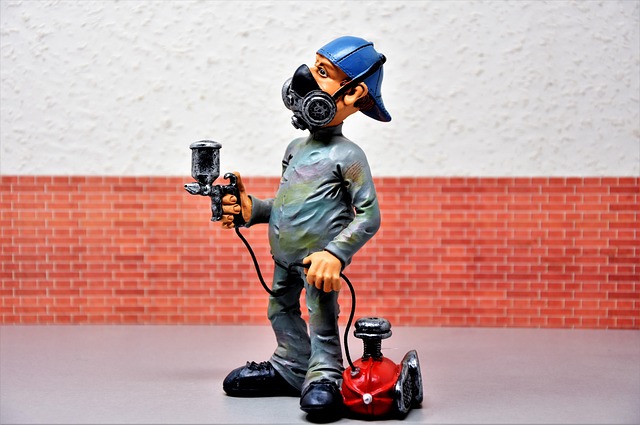
Expert auto body technicians employ stringent safe handling practices when working with Advanced Driver Assistance Systems (ADAS) and sensors. Given the intricate nature of these systems, which often include cameras, radars, and lidar integrated into a vehicle’s structure, proper procedures are vital to avoid damage or malfunction. These practices involve using specialized tools designed for delicate manipulation, following manufacturer guidelines rigorously, and maintaining a clean workspace free from debris that could compromise sensors.
Furthermore, expert technicians ensure safe handling through meticulous documentation, regular calibration of equipment, and rigorous quality control checks. They also stay updated with the latest technological advancements in ADAS to adapt their skills accordingly, making them invaluable assets in modern collision centers and car paint services. Their expertise in frame straightening is particularly crucial when realigning vehicles equipped with sensitive ADAS components, ensuring both structural integrity and optimal system performance.
The Future of Auto Repair: Training and Preparedness for Evolving Technologies
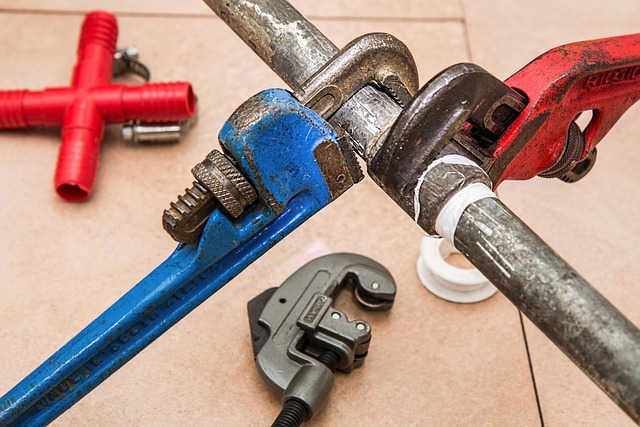
As automotive technology continues to advance, especially with the integration of Advanced Driver-Assistance Systems (ADAS) and sophisticated sensors, the role of expert auto body technicians is evolving. The future of auto repair lies in staying ahead of these innovations, ensuring that every technician is adequately trained and prepared to handle modern vehicle repairs safely and efficiently. This includes understanding not just the mechanics of fender repairs or collision center procedures but also the intricate workings of ADAS components.
With sensors becoming an integral part of a vehicle’s safety features, expert auto body technicians must be adept at handling and calibrating these systems accurately. Training programs are being developed to equip professionals with the skills needed to navigate this new landscape. From electronic calibration techniques to advanced diagnostics, these training sessions ensure that technicians can perform tasks like vehicle paint repair while maintaining the integrity of sensors and ADAS systems. This proactive approach promises a smoother transition into an era where auto body work is more complex yet highly specialized, catering to the evolving needs of modern vehicles and their owners.
Expert auto body technicians play a pivotal role in navigating the intricate landscape of Advanced Driver-Assistance Systems (ADAS) and sensors, ensuring safety and precision in modern vehicle repairs. By understanding the inner workings of ADAS and adopting specialized safe handling practices, these technicians are fostering the future of auto repair. As technology evolves, continuous training and preparedness will be key to maintaining high standards in this dynamic field, allowing expert auto body technicians to remain at the forefront of automotive innovation.


